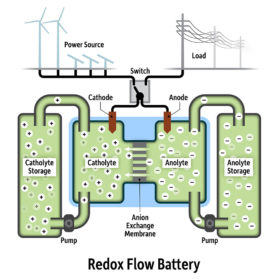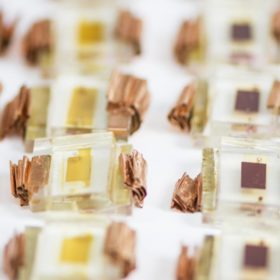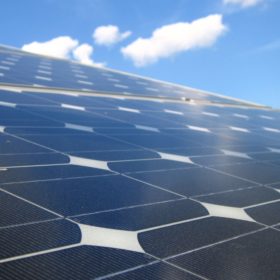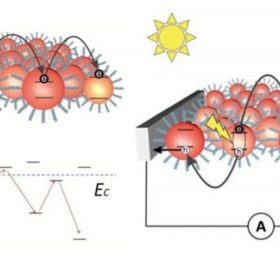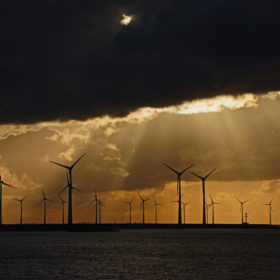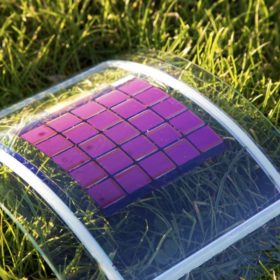US researchers develop new redox flow compound
A team of scientists from the U.S. University of Rochester has developed a compound, which it says could double the effectiveness of redox flow batteries, and “transform the energy storage landscape”.
Aging tests for perovskite, dye-sensitized solar cells must improve, research says
Finnish scientists have found that only one third of tests reported the intensities of visible and UV light, humidity and temperature adequately.
The unexpected benefits of replacing tobacco plantations with solar farms
Although tobacco consumption is the key cause of avoidable deaths worldwide, its cultivation remains the main source of income for many farmers. Now, two researchers from the Michigan Technological University claim that converting tobacco fields to solar farms could be beneficial for two purposes: reducing deaths and helping solar energy fight climate change.
Germany’s ISFH announces 26.1% efficiency for p-type crystalline cells
The Institute for Solar Energy Research Hamelin (ISFH) and the Leibniz Universität Hannover claim that this result is a world record for p-type silicon material, as well as a European record for crystalline silicon.
Russian scientists investigate quantum dot solids for PV applications
Researchers at the Moscow Engineering Physics Institute (MEPhI) have developed next-generation solids consisting of quantum dots (QD), or semiconductor crystals with a diameter of just few nanometers, that could deliver a big step towards cheaper and more efficient photovoltaic devices.
Dutch consortium plans world’s first “off-shore” floating PV plant for the North Sea
The pilot project will be developed over the next three years and will utilize standard PV modules. The consortium expects the solar array to have a 15% higher yield compared to traditional installations.
Researchers develop approach to identify best organic solar cell mixtures
The new temperature-dependent parameter can say “it’s a match“ even before manufacturing organic solar cells, saving time and resources, find scientists at the North Carolina State University and the Hong Kong University of Science and Technology.
OPES Solution, Fraunhofer CSP develop ultra-light solar modules
The new products for off-grid applications are two thirds lighter than standard modules.
Total invests in semiconductor, PV research
The parent company of SunPower and the French National Research Agency have launched a new initiative aimed at developing new plasma processing methods for semiconductors and solar PV.
US: Trump proposes 72% cut to DOE’s clean energy research
U.S. President Donald J. Trump has asked Congress to take a machete to the Department of Energy’s (DOE’s) renewable energy and energy efficiency programs to even lower levels than he proposed last year – cuts likely avoided because of Congressional incompetence.
